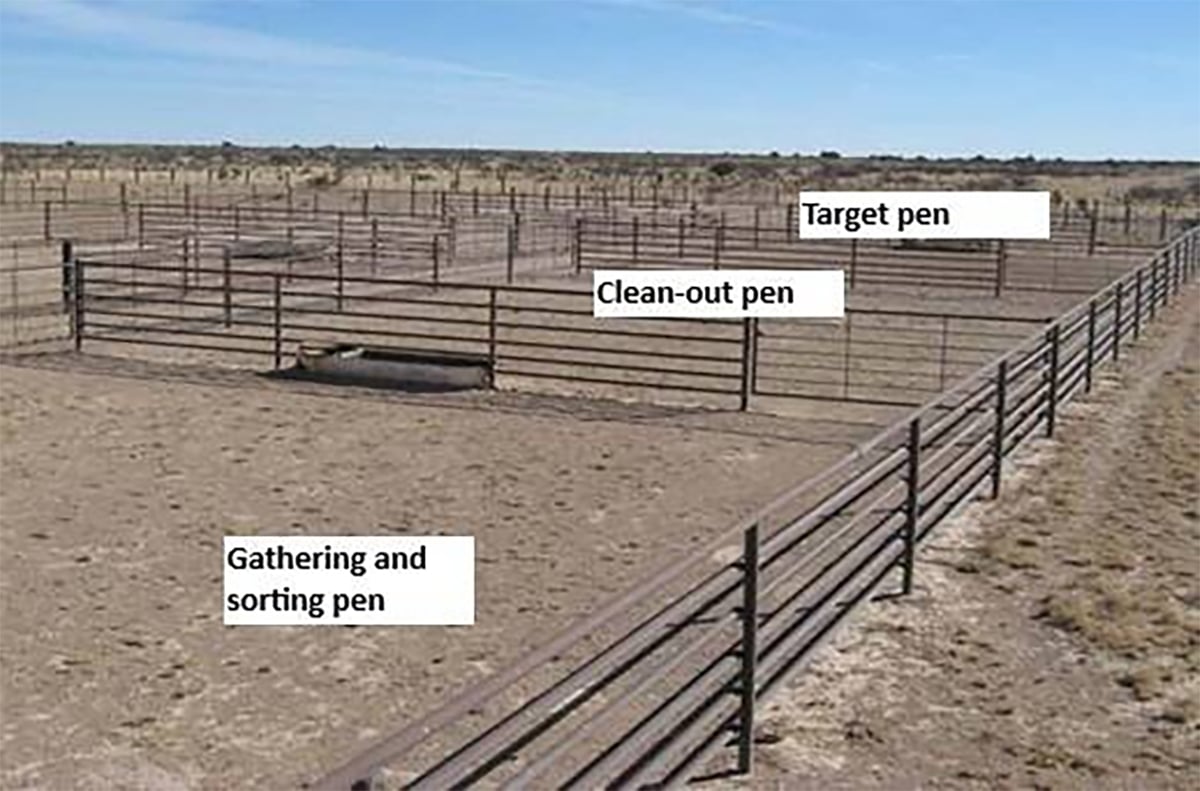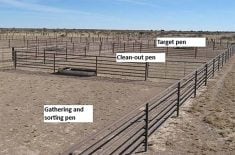Saskatchewan expects to complete registration this month of all the province’s swine operations, said Mark Ferguson of Sask Pork.
The policy analyst said 75 percent of producers have already registered their farms and provided details on land locations, contact information, number of swine and other livestock, manure storage and application and water sources.
“It’s been very well received, with not too many complaints,” he said of the program, part of a nationwide swine traceability system.
It began with information packages sent to producers on the program, which will help track the movement and location of hogs in Canada and will include a tattoo numbering system unique to each province.
Read Also

Teamwork and well-designed handling systems part of safely working cattle
When moving cattle, the safety of handlers, their team and their animals all boils down to three things: the cattle, the handling system and the behaviour of the team.
Beginning in May, western Canadian producers will begin applying the tattoos. Those on Saskatchewan hogs bound for slaughterhouses will end with the number four, with different numbers used for different provinces.
“If there’s ever a disease problem or a meat quality problem, we could trace it back to a range of farms that might have delivered hogs on that day,” Ferguson said.
“It’s being implemented to reduce the economic, social and environmental impact of animal disease outbreaks.”
He said Canada developed a traceability system to track its own animals and minimize disease outbreaks.
“The program is more for other countries to assure them we’re doing everything we can to protect our meat supply,” Ferguson said.
“Other countries might find our animals’ meat more attractive to buy.”
In the coming months, meat packing plants will be asked to identify where swine were shipped from and how many were slaughtered.
The next step will be to record hog movement between farms.
“We will be able to tell at the touch of a button how to track down disease,” Ferguson said.














